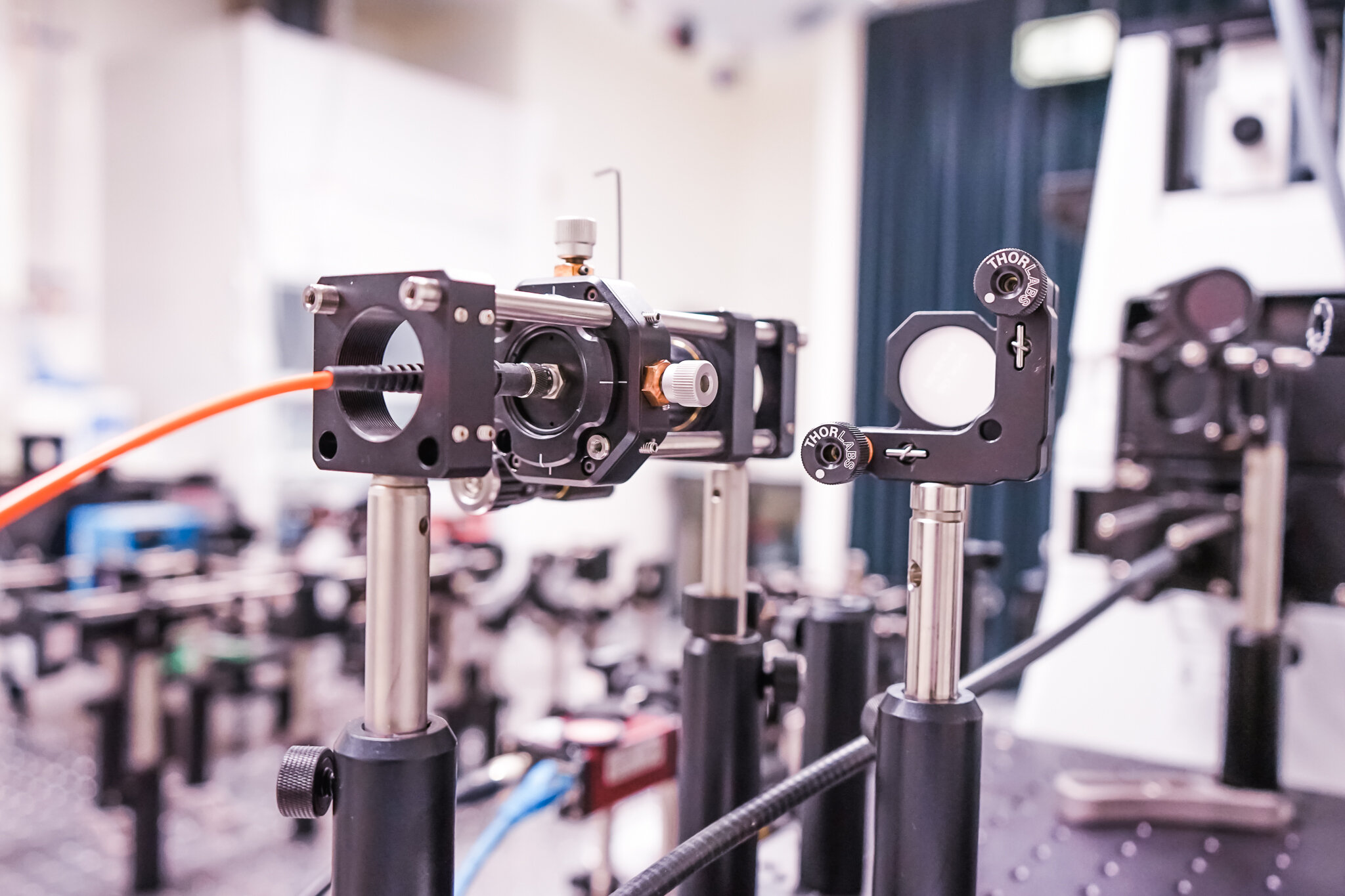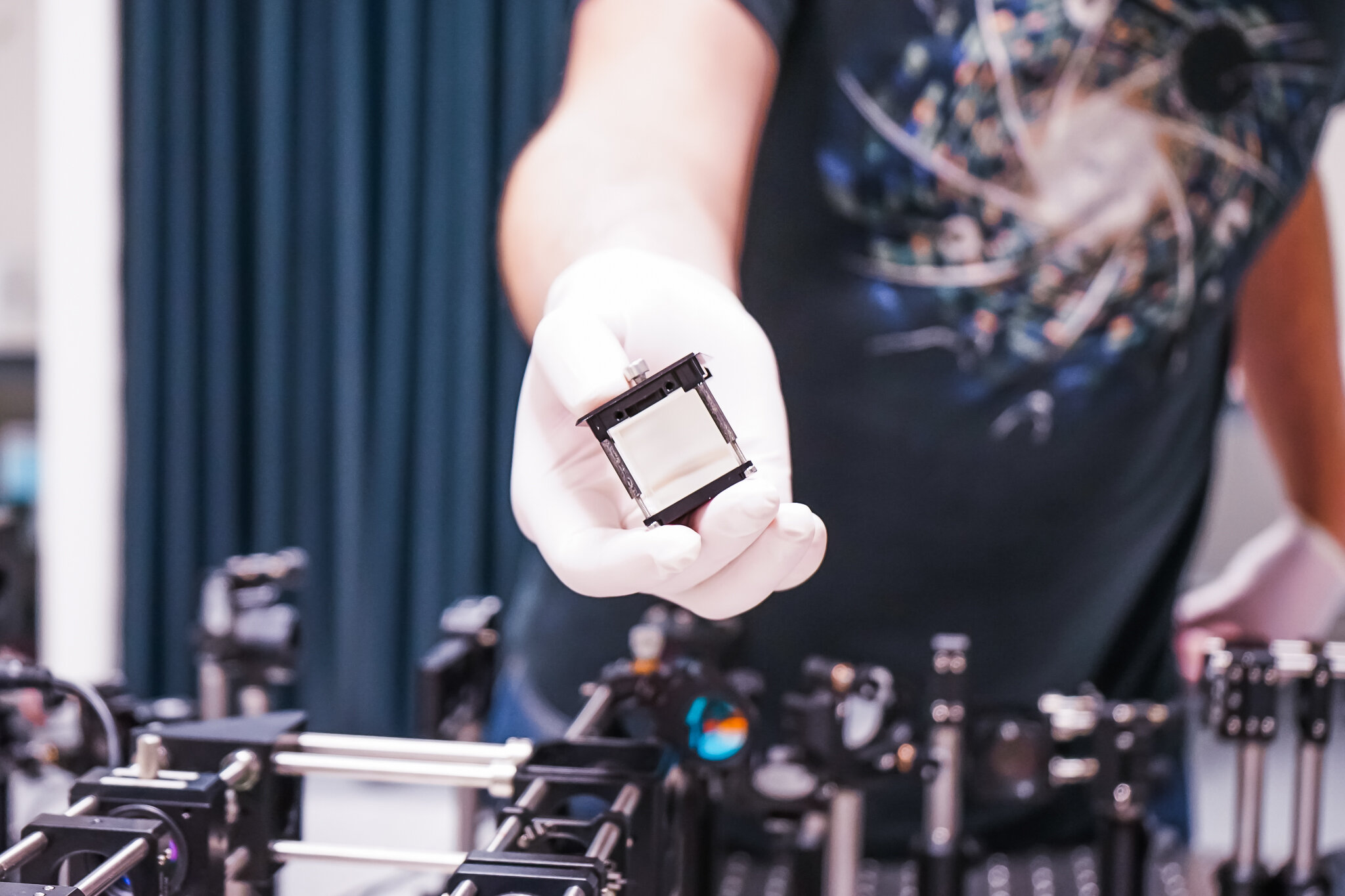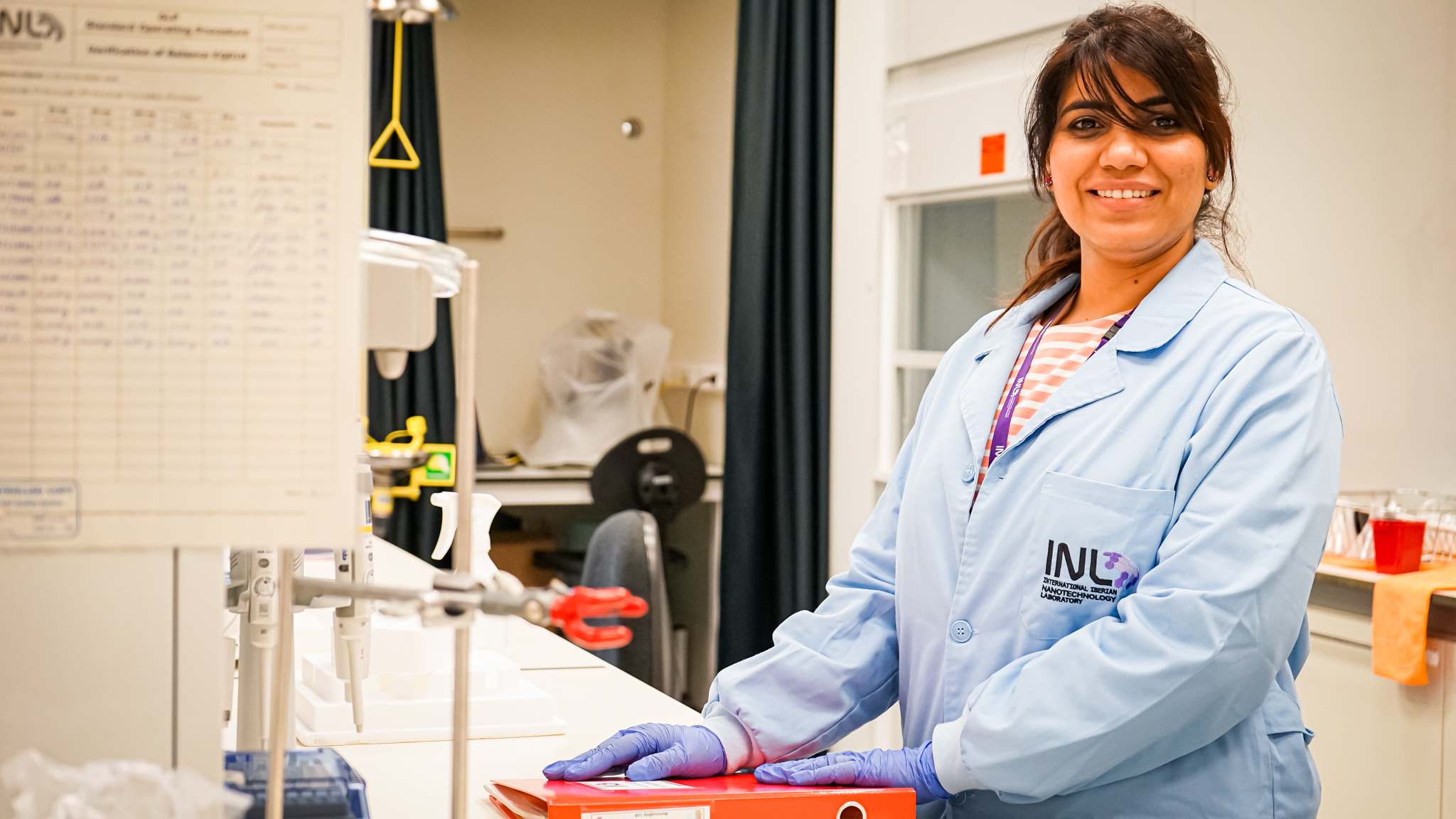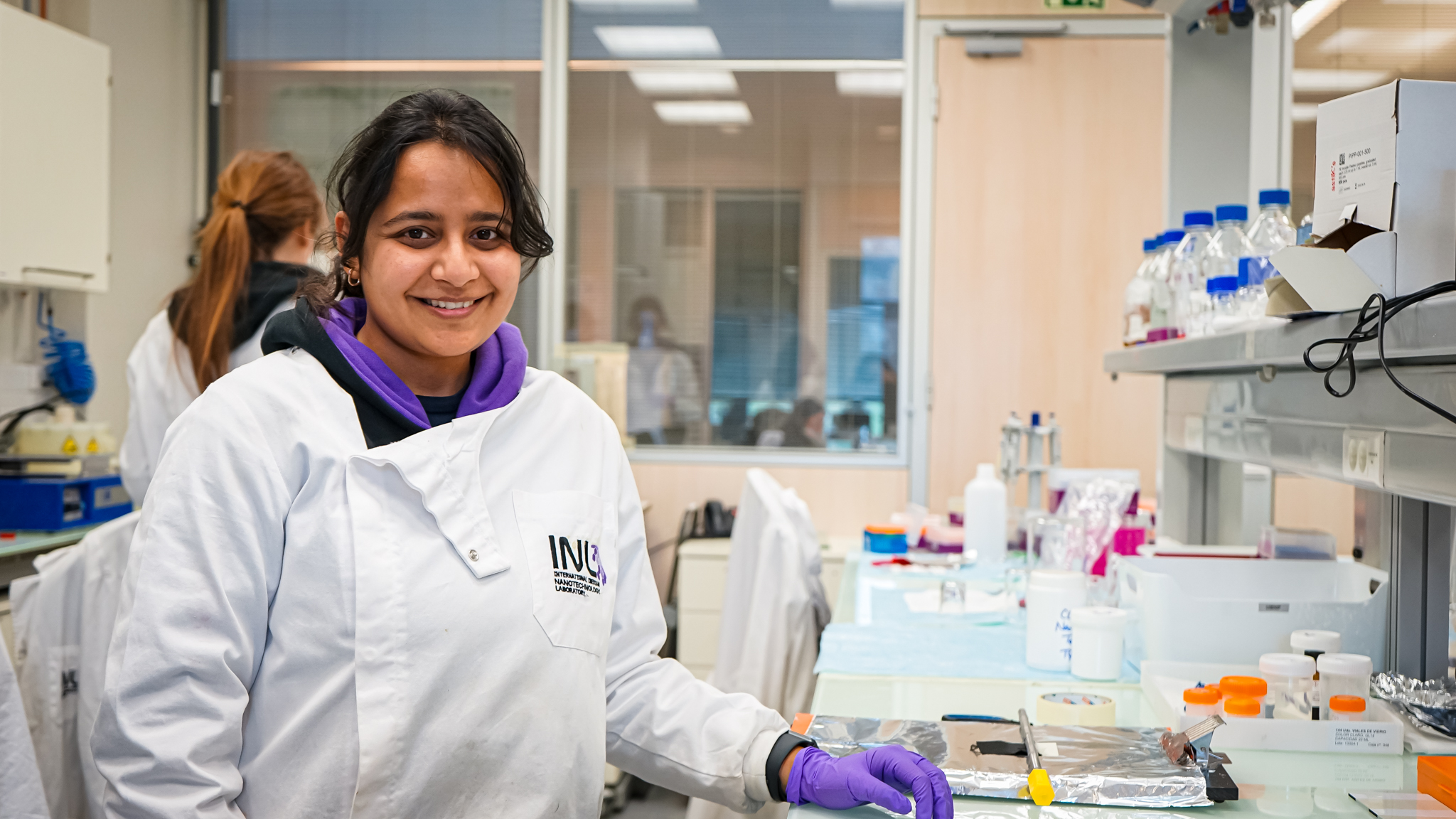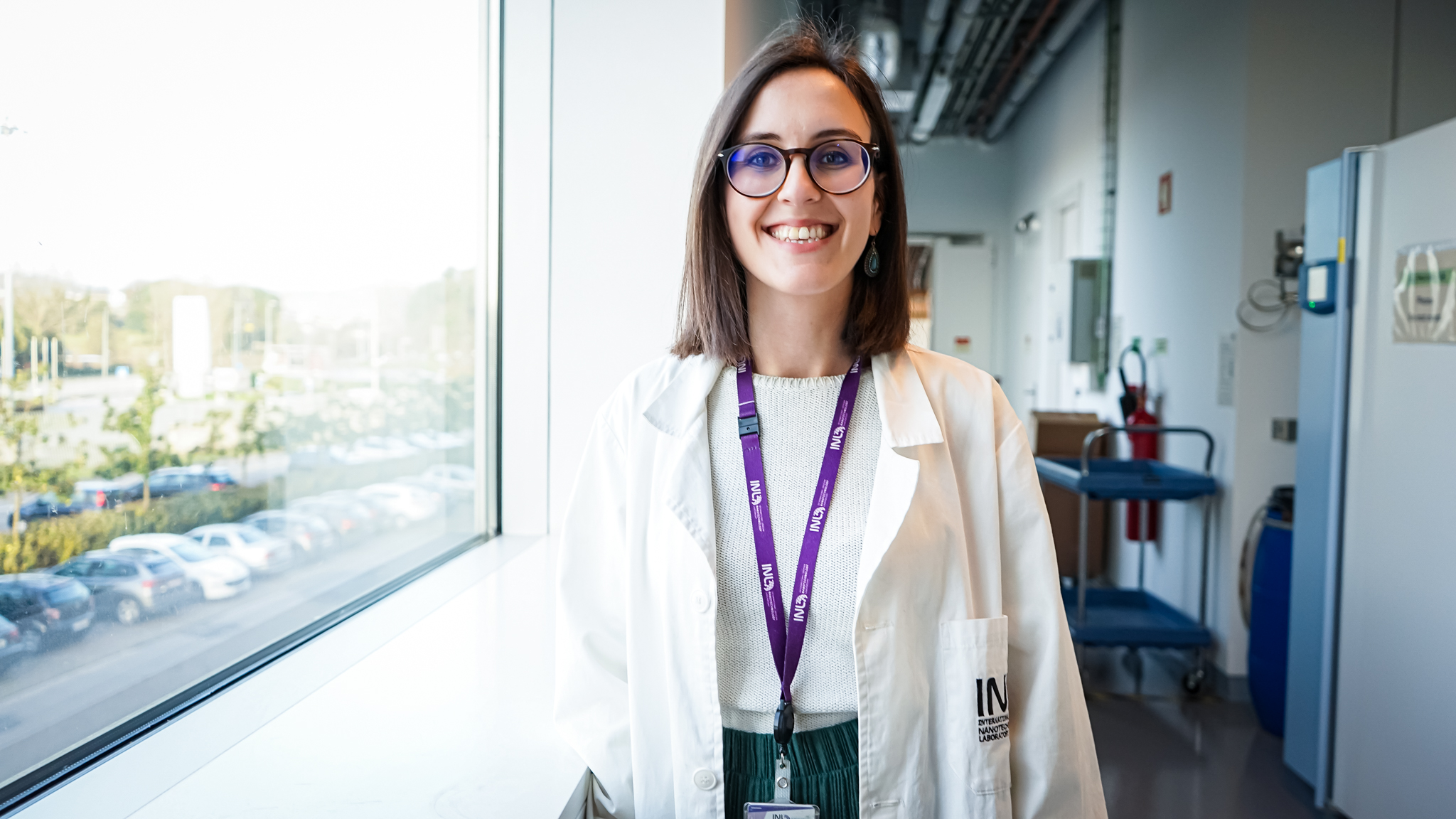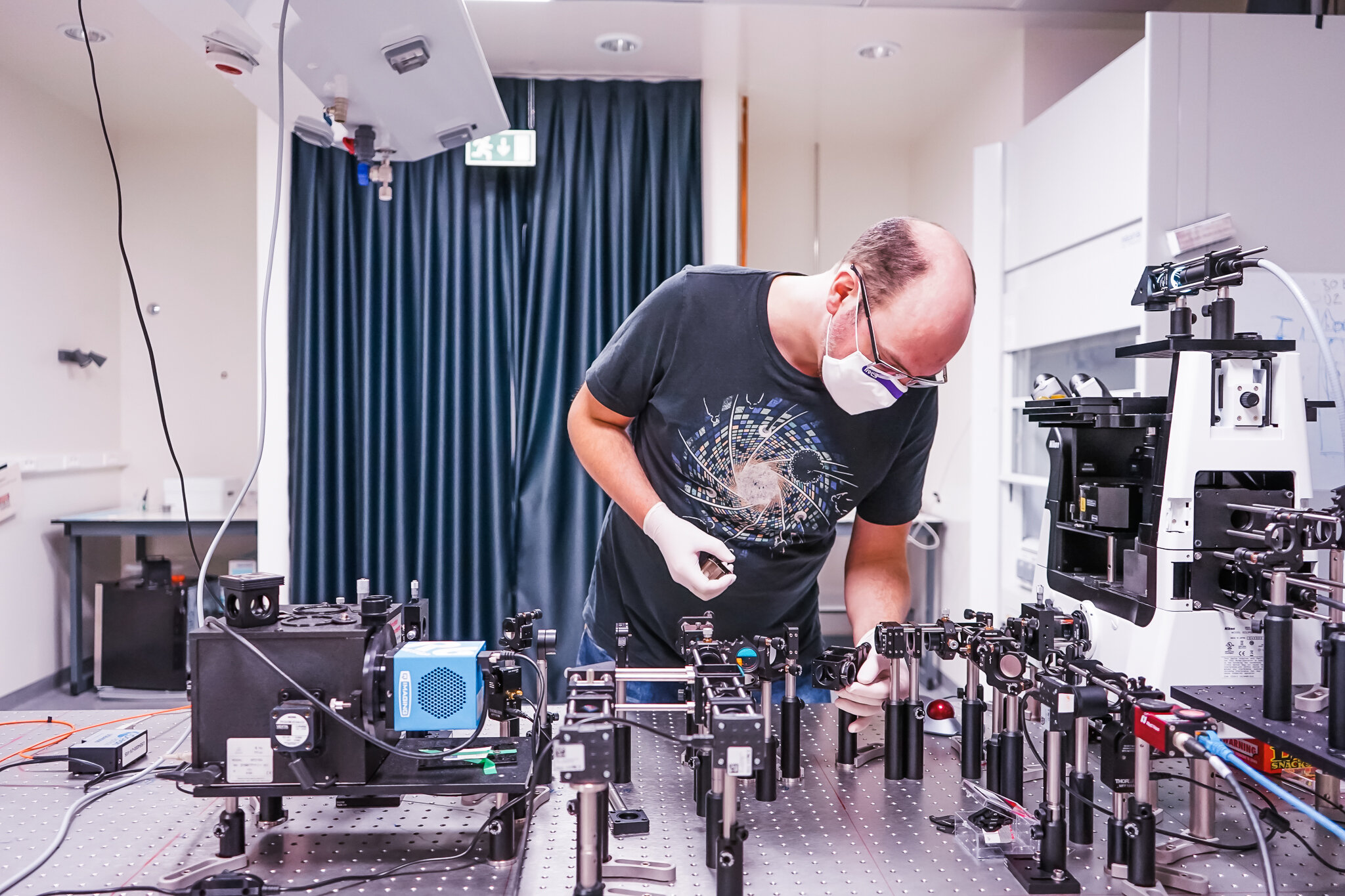
Photonics and plasmonics offer real possibilities for faster and more precise sensors, an interview with William Wardley
April 16, 2021
William Wardley is a Research Fellow at INL and works in the Natural and Artificial Photonic Structures and Devices Research Group. He is working on natural photonic structures as well as nanofabricated analogues, or biomimetic structures, to investigate light-harvesting for photosynthesis.
William studied Chemical Physics (MPhys) at the University of Sheffield before taking up a PhD at King’s College London. The subject of his thesis was the design, fabrication and characterization of plasmonic nanostructures and metamaterials in the ultraviolet, which involved the design and construction of an ultraviolet spectroscopy lab. He then continued as a post-doc at King’s, both continuing and extending the work of his thesis and also working on making metamaterials in unusual places, such as the end of an optical fibre and on the curved surfaces of lenses.
What inspired you to pursue a career in science?
I don’t know if I was ever inspired to pursue science for any reason other than I always really enjoyed it, it was my favourite subject at school and I wanted to continue to learn and use it in at least my degree. After finishing my 1st degree I went away from research for a while, I did a variety of other jobs for a few years including a bit of teaching, which meant I was never completely away from science but missed doing actual research. So I applied to do a PhD, and haven’t really looked back.
Your PhD was focused on the design, fabrication and characterization of plasmonic nanostructures and metamaterials in the ultraviolet, how this correlates with your work nowadays at INL?´
In terms of the research overlap, there is some correspondence to the work we do in the NAPS group, the optical behaviour of the structures I worked with in my PhD is quite similar to those we look at now, albeit based on different materials. But the underlying physics is the same, mostly based on Maxwell’s equations that were first solved in the 19th century, the key thing is that as our understanding of them evolves, and the tools available to us to make new systems and samples improve, we are able to explore new directions.
This also means that probably the biggest correlation between my PhD and my research at INL is actually in the experimental design and sample fabrication, doing things like planning experiments, building microscopes or optical measurement systems and making samples, either in the cleanroom or using other techniques such as FIB microscopy. These skills were developed during my PhD and I continue to use (and hopefully improve!) them here at INL too.
How would you explain the importance of your work area to a non-scientific person?
I think the importance of the work is best understood by explaining what possibilities there are for the research spilling out into the real world. So in terms of photonics and plasmonics, the key scientific areas underpinning my work, they offer real possibilities for faster and more precise sensors (be they chemical or medical), better quality screens and displays, faster computers, as well as many new approaches to replace other electronic systems with optical or optoelectronic ones that allow significant improvements in terms of all sorts of aspects of performance. This is due to the fact that light can be manipulated and controlled in a number of ways that it is just not possible to do with electrons, they can travel faster, they don’t interact with one another in the same way and they can interact with matter in a range of different ways that allow new uses for them. So basically, the work is important as light lets us do a lot of new, exciting things as well as doing old ones a lot better too.
What are your future career goals and what makes you happy?
At the minute I am happy to continue to do research in any way that I can that lets me get paid. Having left science research and then come back to it I know that this is the type of work I want to do, but am also very aware that the career options are not always the best, especially in academia. This is one of the things that working at INL has taught me, that there are many different options for scientific research outside of the traditional two of pure academia in universities or industrial research with large companies, so I am glad I now have that insight going forward.
The things that make me happiest are probably travelling, sports, especially rugby, and being able to spend time with my friends and family, especially over food and drink, or any combination of those! So I am looking forward to being able to watch the World Cup with friends while cooking BBQ again!

